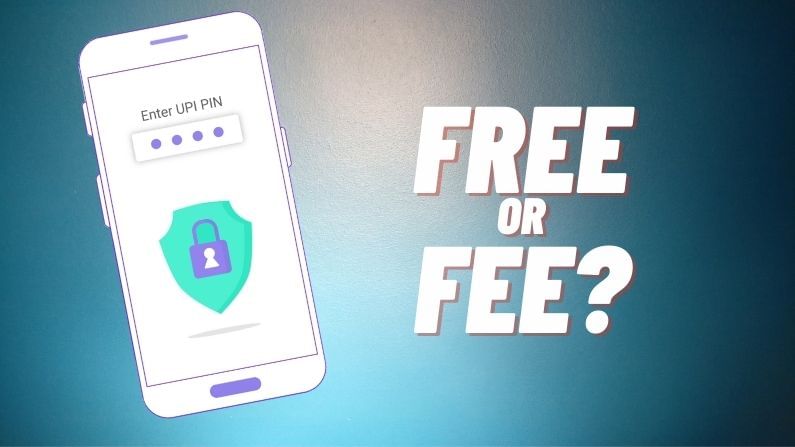UPI payment is a free service, but for how long?
As volume and value grow 3-fold during 2020-21, making UPI India’s digital payment backbone, the question comes back to haunt: can it continue with zero levy?

While credit and debit cards carry a transactional cost, the digital transactions on the Unified Payments Interface (UPI) do not attract any levy at present. Then, what is the revenue model?
The service is completely free of cost, as of now. Since January 1, 2020, the government had made it free in a bid to promote digital payment transactions and discourage cash economy. While users have benefited, a slew of banks, payment infrastructure companies and the app-based transaction companies, which spent heavily on their IT backbone, the technical support and marketing, are at the receiving end, losing revenues daily. The fact is that the decision to herald a zero MDR (merchant discount rate) regime has made the fledgling sector gasp for breath.
In July 2020, a committee on QR Code (Quick Response Code)-based payments, set up by the Reserve Bank of India (RBI), pointed out several pitfalls in the zero MDR regime. The committee said the move had crushed innovation efforts and resulted in a slowdown in the expansion of the digital payment infrastructure in India. It has put the survival of payment gateway entities in question, said the committee.
Nearly a year later, participants in the UPI payment ecosystem are keenly awaiting the reintroduction of rates.
Everyone agrees that it is not a feasible option. In the absence of a revenue model, how long can the industry pull on?
During the last fiscal, the UPI ecosystem has however reported a massive three-fold growth both in number of transactions as well as the total value amid the pandemic. According to the latest data compiled by the National Payments Corporation of India (NPCI), which manages UPI, the total volume has jumped to 2,732 million transactions as of March 2021(worth Rs 5,04,886 crore), up from 999.6 million transactions as of April 2020 (with the total value of transactions at Rs 1,51,141 crore).
No doubt, the instant real-time payment system developed by the National Payments Corporation of India (NPCI) has already become the backbone of India’s digital payments industry today.
A senior official of a payment company said the industry is suffering in the absence of a business model. “Banks don’t have a motivation to invest in the infrastructure as MDR continues to be zero. With the digital payments growing fast, it is a massive challenge for companies to deploy infrastructure involving servers and data centers, as well as manpower,” he said.
Earlier, some private banks had tried to introduce a charge, ranging from Rs 2.5 to Rs 5, on person-to-person UPI payments beyond 20 times a month. However, the Central Board of Direct Taxes (CBDT) issued a circular in August, 2020, directing all banks to stop the practice and refund the charges.
The fact is that most involved in the UPI ecosystem are yet to start making profits. For instance, the largest player, PhonePe which continues to dominate the market with around 44% market share, is still losing money, and targets to achieve profitability by 2022-end.

